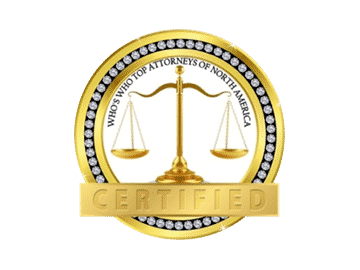Common Self-Maintenance Car Blunders that Could be Catastrophic
For many people, not having a working car can seriously affect their ability to get to work on time, do their grocery shopping, pick up the kids at school, and otherwise get around town. As such, making sure your vehicle is in tip-top shape is important. However, car maintenance and repair can be costly, and many opt to perform self-maintenance on their vehicles rather than taking the car into an auto shop.
If you have considered performing maintenance and repairs on your car yourself, here are some common self-maintenance car blunders that can be catastrophic.
Mistakes with the Battery
Making mistakes with a car’s battery is not uncommon, and can be one of the most dangerous. Car batteries contain sulfuric acid, which is explosive, dangerous, and deadly. In fact, a July 1997 report published by the National Highway Traffic Safety Administration reported that in one year, there were 7,051 people treated in emergency rooms for motor vehicle battery-related activities. Of these, 2,280 people were injured as a direct result of a car battery explosion.
Injuries may occur when performing the following self-maintenance to the battery.
- charging the battery.
- working with cables.
- jump-starting the battery.
- or, performing other maintenance activities.
If you are attempting to charge or jumpstart a battery, make sure you do so following your vehicle’s instruction manual, using cables that are free from damage, and with the assistance of someone who is familiar with the procedure.
Laying tools across your car’s battery can also be dangerous. In some cases, laying a tool across a battery can cause an electrical current to surge through the tool. This surge of current could possibly cause a battery explosion.
Forgetting to Replace Important Parts and Fluids
Each fluid and piece of your vehicle is essential to its operation. Another common self-maintenance car blunder is failing to replace fluids and parts. While running out of gas may result in you being stranded for a bit, running out of other fluids – like brake fluid – can be more dangerous. The same can be said for parts of your car; forgetting to replace important electrical wiring, or even a lug nut, can be disastrous.
If you are performing do-it-yourself maintenance on your vehicle, always double check to make sure that you’ve replaced important parts and fluids. In addition to replacing fluids and parts, make sure you do so correctly. For example, forgetting to torque your lug nuts can lead to a loose wheel, which can in turn lead to an accident. To be sure you’ve done everything correctly, make a list and check it twice before driving.
Using a Jack Incorrectly
Using a jack incorrectly is one of the most common causes of injury when it comes to auto repairs. If an incorrect jack is used, the jack may not hold the weight of vehicle, causing it to come crashing down. According to a 2009 article in Forbes, 10,000 people per year are injured using a car jack or other type of hoist.
When using a car jack to change a tire or do other repairs, always remember to take the following steps.
- use the properly sized jack for the job, paying attention to the weight of the vehicle for which the jack is intended.
- make sure that the jack fits properly.
- don’t use a hydraulic jack in place of a jack stand.
- and, always make sure that your parking brake or emergency brake is on, preventing the car from rolling off of the jack.
If you will be heading under the vehicle to perform repairs, taking extra precautions – such as using wheel chocks in the event that the parking brake fails – is highly advised.
If You’ve Been Injured
Performing maintenance is important to keep the car in safe and working condition. Avoid these self-maintenance car blunders to avoid accidents while working on the vehicle, or while driving it. If somebody else’s negligent actions led to your injuries, you may have grounds for legal action. For a free case review, call Rob Levine & Associates today at 800-529-1222.








